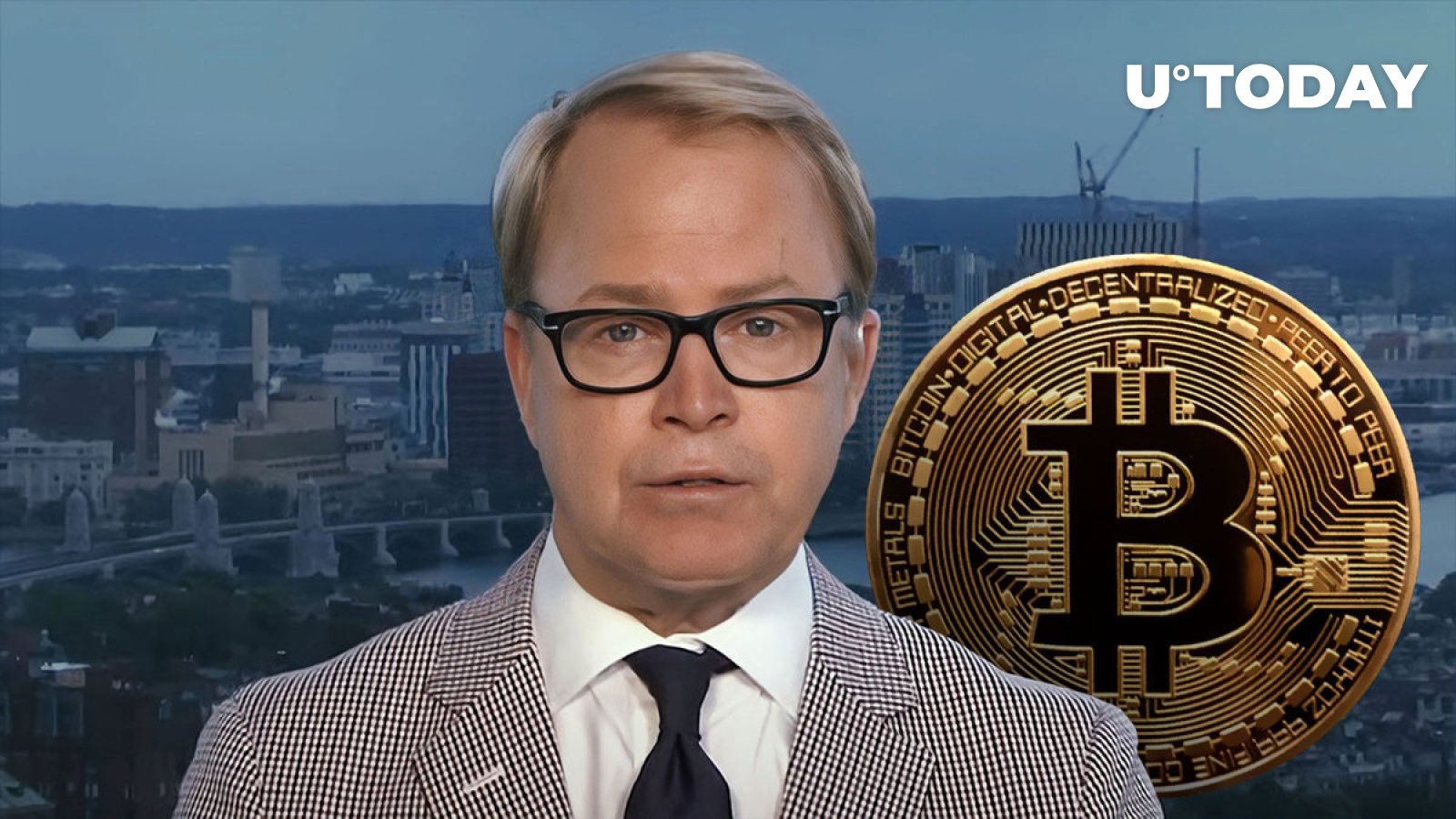Disclaimer: The opinions expressed by our writers are their own and do not represent the views of U. Today. The financial and market information provided on U.Today is intended for informational purposes only. U.Today is not liable for any financial losses incurred while trading cryptocurrencies. Conduct your own research by contacting financial experts before making any investment decisions. We believe that all content is accurate as of the date of publication, but certain offers mentioned may no longer be available.
Disclaimer: The opinions expressed by our writers are their own and do not represent the views of U. Today. The financial and market information provided on U.Today is intended for informational purposes only. U.Today is not liable for any financial losses incurred while trading cryptocurrencies. Conduct your own research by contacting financial experts before making any investment decisions. We believe that all content is accurate as of the date of publication, but certain offers mentioned may no longer be available.
Fidelity’s Director of Global Macro Jurrien Timmer suggests that Bitcoin could amass a market value equivalent to a quarter of the “monetary gold” market, potentially reaching the $6 trillion mark. This prediction hinges on the assumption that Bitcoin will continue to cement its status as the digital gold and a viable store of value.
Timmer’s analysis draws a parallel between the portion of gold held for monetary purposes — estimated at 40% of all above-ground gold — and Bitcoin. Central banks and private investors hold this share of gold, excluding jewelry or industrial uses, valuing it at approximately $6 trillion.
Timmer’s forecast sees Bitcoin capturing a significant slice of this monetary gold market, leveraging its current $1 trillion valuation as a stepping stone to greater heights.
Evaluating the strengths of Timmer’s prediction requires an appreciation of Bitcoin’s inherent characteristics that align it with gold’s monetary role, such as scarcity due to its finite supply and its increasing acceptance as a hedge against inflation and currency devaluation. Moreover, Bitcoin’s digital nature and decentralized framework present it as a modern alternative to gold, especially appealing to the tech-savvy and a younger demographic of investors.
However, there are weaknesses and uncertainties in such projections. The cryptocurrency market is notoriously volatile, subject to regulatory shifts, technological advancements, and the evolving landscape of digital assets. Bitcoin’s market dynamics, including competition from other cryptocurrencies and blockchain projects, could impact its trajectory to Timmer’s proposed market cap.
Additionally, the comparison with gold does not fully account for the complexities of cryptocurrency markets, nor does it consider the possibility of Bitcoin being supplanted by another digital asset or technology.

